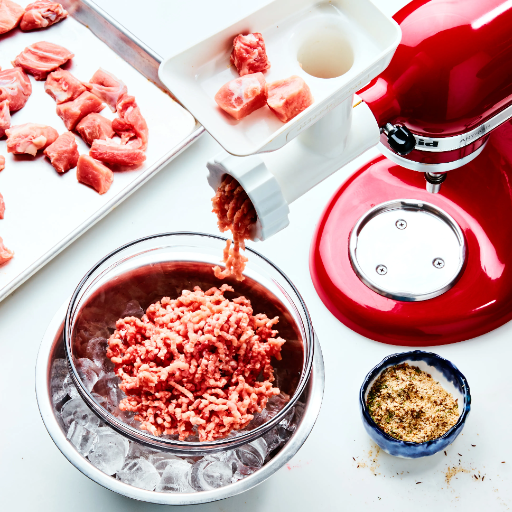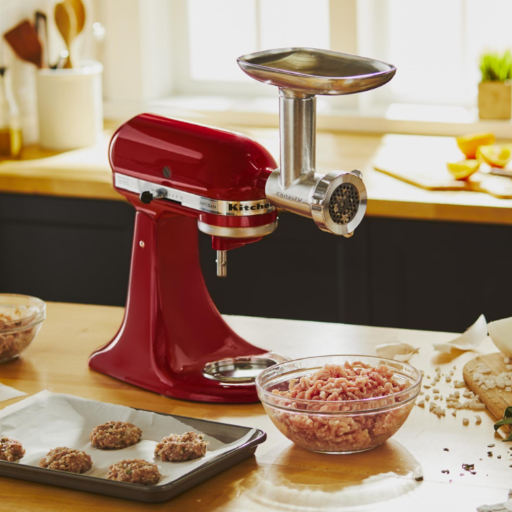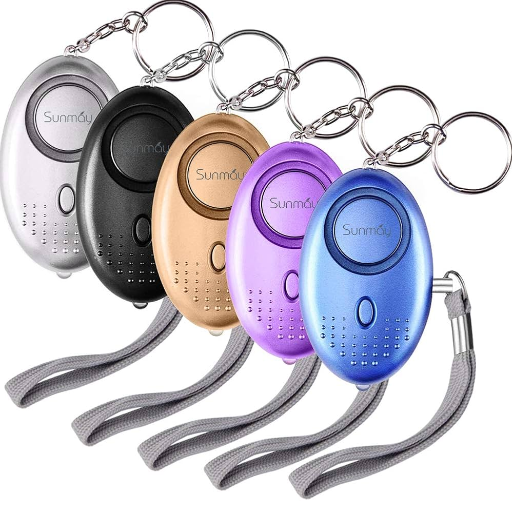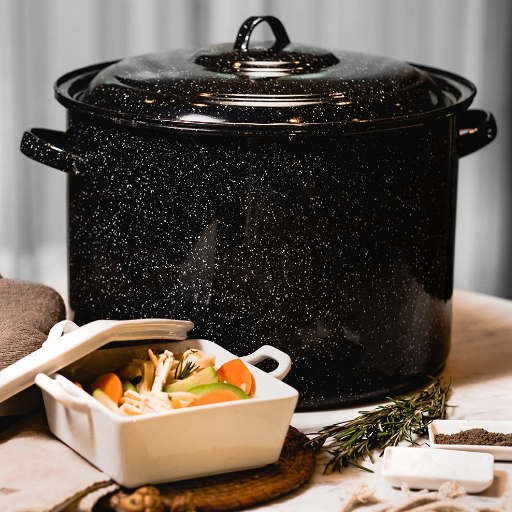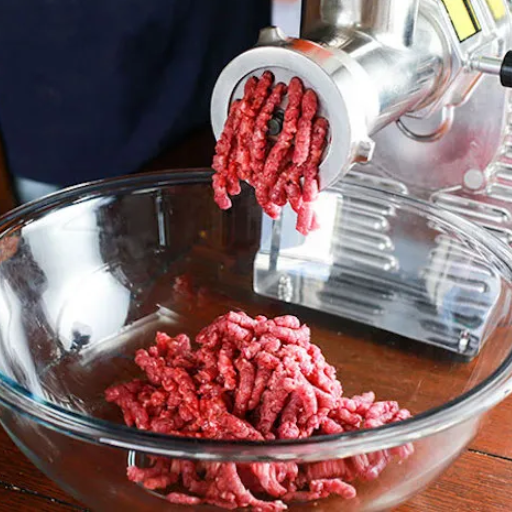It’s important to choose a vitrolero carefully if you want to prepare and serve authentic aguas frescas that embody this marked tradition. It can be serving your family or friends, or starting off small, handcrafted businesses. The type of vitrolero selected has numerous functionalities as far as both presentation and functionality are concerned. This guide will assist you with finding the right vitrolero by taking a closer look at materials, sizes, and how durable and attractive the vitrolero is. After reading this piece, you’ll understand what choices need to be made for a well informed decision and properly transform the experience of preparing aguas frescas.
What is a vitrolero and how is it used?
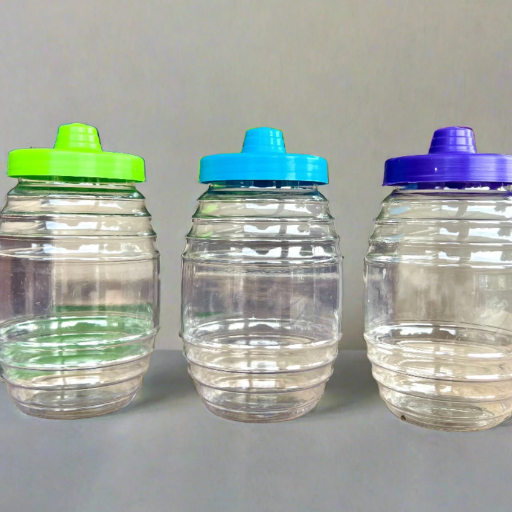
Used traditionally in Mexican culture, a vitrolero serves as a large and wide container that is specially designed for holding large quantities of liquids like aguas frescas. Vitroleros are made from glass or high grade plastic. During gatherings or events, the vitrolero is filled with fresh beverages that are frequently mixed with fruit, water, and sugar. The wide opening of the vitrolero allows fruit pieces and ice to be added as well as making cleaning easy. It can be served via ladle or tap.
Understanding the vitrolero plastic water container
- Design and Material Composition
Food grade plastics such as PET and HDPE are commonly used in the fabrication of vitrolero plastic water containers. Lightweight and chemical resistant, the plastic makes for a cost effective alternative to glass. Keeping the vitrolero’s contents safe and extending the container’s lifespan.
- Capacity and Usage
Vitroleros are large containers that can store, transport, and distribute up to 5 gallons of beverages. These containers are especially useful for big parties and food stalls. Their wide openings make it easy to put in and take out fruits, ice as well as clean them. Most vitroleros also have a spigot or faucet at the bottom that allows the contents to be served without spilling.
- Hygienic and Functional Benefits
With a vast application, these containers are manufactured using food-grade plastics which are safe for food storage. Their smooth walls contain no ridges that would trap bacteria and allow the container to be sanitized. Many models have transparent plastic walls which makes it easy to see the levels and contents of beverages. Their resistance to shattering makes vitroleros ideal for places which require heavy use as well as outdoor settings.
Common uses for a vitrolero
Vitroleros are multipurpose containers that are commonly used in the preparation and serving of various beverages. Their main function is to store and serve ‘aguas frescas’, an immensely popular group of refreshing drinks produced by blending fruits, seeds or grains with water and sweeteners. Vitroleros are commonly used in parties, local markets and community functions to facilitate bulk serving of these beverages. In addition, their durable design and large volume makes them perfect for catering functions where they provide an efficient means of serving lemonade, iced tea or infused water to a large number of people. Vitroleros are now also being used in food processing areas to aid in fermenting or brining because they are made from food-grade materials that do not react chemically with many substances. They are useful both at home and for commercial purpose, because of their strength and usefulness, they can virtually be considered indispensable.
How to choose the right vitrolero for your home
When buying a vitrolero for home use, certain important factors have to be decided beforehand to make sure the vitrolero purchased is indeed useful. Most importantly, estimate the storage space needed on the basis of household size and how often the vitrolero will be used. Vitroleros are made in different sizes, the smallest is ideal for intimate gatherings or for people who want to ferment small batches but can hold more than 5 gallons for larger events or for bulk food preparations.
Next, assess the material composition. Most vitroleros consist of either tough food-safe plastic or glass. The glass models are non-reactive, which makes them superb for flavor retention during fermentation, while the plastic ones are lightweight and shatter resistant, thus easier to transport. It is also important to check for the presence of a fitting lid which is important for hygiene and preserving the vitrolero contents from external contamination.
Lastly, take into consideration the rest of the features that facilitate convenience. Some vitroleros have built-in spigots for easier serving while others have ergonomic grips for easier carrying. If you have limited space for storing items, look for designs that are stackable or compacted for efficient space use. The optimal selection of a vitrolero requires understanding what is most suitable to one’s need and home use.
What are the benefits of using a 5 gallon vitrolero?
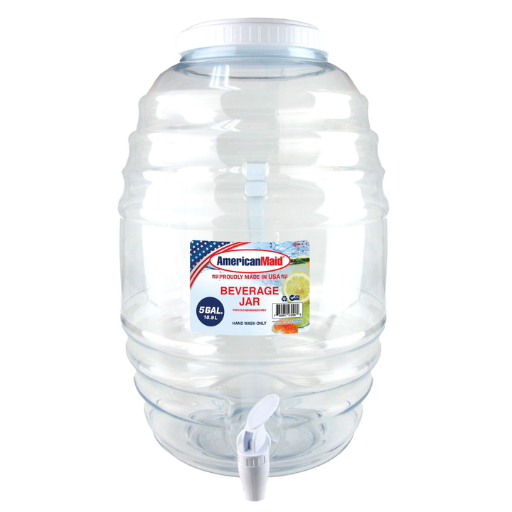
A 5-gallon vitrolero offers a variety of useful advantages:
- Large Capacity: The size makes a 5-gallon vitrolero perfect for making and serving drinks for big gatherings or for large families.
- Convenience: Beverage consumption and storage is much simpler with its design, as it features a wide opening making filling and cleaning much easier.
- Durability: These containers are often manufactured from heavy-duty glass or plastic, meaning they can stand up to use and transport.
- Versatility: Excellent for transporting water, lemonade, iced-teas, or even infuse water, these containers have no shortage of needs they can adapt to.
- Cost-Effective: The 5-gallon vitrolero purchase will satisfy the need of multiple smaller containers thus saving money and storage space.
It’s efficient, practical and cost-effective for daily occasions and special events, making a 5-gallon vitrolero a prized tool.
Why opt for a 5 gallon container?
The 5-gallon container is practical for managing and storing beverages or liquids in bulk. These containers are perfect for large-scale events like parties and commercial purposes where fast serving is essential. Due to their strong structure, these containers are reliable for long-term use, especially when dealing with dense or heavy liquids. The large size also helps reduce workflow interruptions by lessening the need to refill these containers. Moreover, for individuals and companies looking for eco-friendly solutions, 5-gallon containers reduce the need for mark packaging, lowering waste and supporting sustainability.
Advantages of having a vitrolero for parties
- High Capacity for Large Gatherings
With the capability to carry 5 gallons (around 19 liters) of liquids, a vitrolero is perfect for serving big groups of people during occasions such as parties. This capacity helps reduce the need for refills, thus improving overall service efficiency. Furthermore, the increased flow of drinks also enhances service efficiency.
- Cost-Effective Solution
Vitroleros greatly lower costs made from purchasing single serve beverages by allowing hosts to prepare drinks in bulk. In the example of throwing a party with 50 guests, preparing a big batch of drink in a vitrolero is much more cost efficient than individual 16 ounce (473 mL) bottled drinks.
- Durable Design
Usually constructed using reinforced food-grade plastic, Vitroleros are bend resistant and withstand cracking or breakage during frequent handling. This durable serving container ensures that these serving containers can save money if hosts are looking to serve drinks at multiple events.
- Versatility
- Eco-Friendly Choice
Utilizing one large container instead of multiple smaller ones can save hosts valuable space and reduce waste at the same time. This practice promotes sustainable hosting, particularly because reusable vitroleros plastic or can consumption is lessened, which reduces the environmental impact of the event.
Including a vitrolero in your party planning assures you gain not only practical benefits but also a responsible and aesthetically pleasing way to serve drinks at the event.
How much does a vitrolero cost?
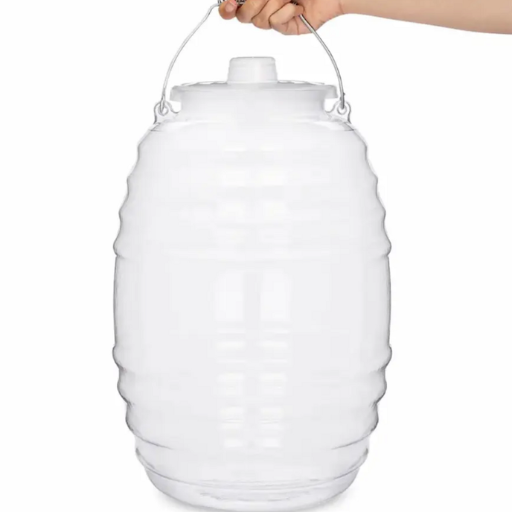
The price of vitroleros usually sits around $10 to $30, varying with size, materials and design intricacies. Basic smaller sized plastic models tend to be lower in price, while larger reinforced or decorative options are more expensive. Retail outlets, party accessory shops, and various websites usually stock these.
Price range for vitrolero plastic water containers
The cost of vitrolero plastic water containers varies with capacity, material grade, and design. Basic models with a 5 to 10 liter capacity, tend to retail between $10 and $15. Mid range vitroleros with 15-20 liter capacity and bulkier durable materials usually range from $15 to $25. Premium high capacity options which include reinforced decorative plastic and specialized designs range from $25-40. A number of brick and mortar and online stores stock these to meet diverse customer needs.
Factors affecting the price of a vitrolero
The materials used, size, design intricacies, and the brand reputation are just a few of the factors which contribute to the cost of a vitrolero. To begin with, the material type greatly affects pricing. The cost would be different if the vitrolero is made out of standard plastic compared to reinforced acrylic or glass. Higher quality and durable materials do increase functionality, but will also raise production cost. The second most influential factor is the size of the vitrolero – larger commercial containers have expensive raw materials and may require extra structural reinforcement to withstand the pressure. Also, more expensive materials cost adds premium to the value. More complex design features, such as decorative logos and ergonomic handles, add additional cost artificially due to intricate artistry and mal craftsmanship. Established brands also pour money into reputation and quality which makes their cost higher. Other factors also include distribution logistics, supply chain cost, and market demand. All of these factors combined make evaluating the vitrolero’s features and value essential.
What makes a vitrolero popular in Mexican culture?
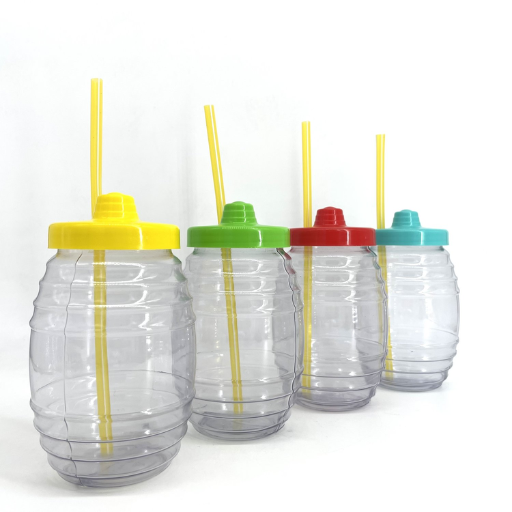
Vitroleros hold great importance in Mexican culture due to their role in containing and distributing aguas frescas, traditional family beverages offered on celebratory days and public markets. The oversized vessels can serve drinks in ample portions to enhance a sense of community. Moreover, the transparent materials used to make glass or plastic enables the colorful hues of the drinks to be seen, and takes their cultural and aesthetic values to another level. Vitroleros have gained popularity in Mexican households and events because of their practicality and culturally communal symbolic association.
Traditional uses of vitroleros in Mexico
Vitroleros have historically been “no-shows” at family gatherings, holidays, and different forms of celebrations. They are popular to use for preparing and serving aguas frescas (fruit-infused water) that is made from blending fruits, seeds, and flowers with sugar and water. Since the guest volume at a particular event is high, having a vitrolero smoothly ensures that the required beverages are made accessible further thorough the event. Traditional flavors include tamarind, hibiscus, which is known as jamaica, lime, and horchata with each flavor holding cultural and regional importance. Beyond ensuring beverage quality, vitroleros enhance the collective experience, allowing guests to interact and serve themselves around a shared center. This feature highlights their functional and symbolic purpose in social settings.
Modern adaptations of the vitrolero
While the vitrolero is traditional in essence, its design has been innovated to address modern uses and technologies. Especially modern ones, which may use plastics that are BPA free or even stainless steel, as they are more food safe, increasing the container’s safety and lifespan. Some modern vitroleros make use of thermal insulation technology which keeps the temperature of the beverages for long periods, even for hot and cold refreshments. They also add practical features like spouts with handles that are ergonomic, measurement markings, and airtight caps so that they can be prepared and served with precision and ease.
Digital advancements have also reshaped how vitroleros are made. Smart vitroleros with temperature gauges and connectivity allow for remote monitoring and control of the vitroleroid’s contents through smartphone apps. These adaptations suit restaurants and large-scale catering businesses where dependability and speed are sorely needed. Enhancements like these help retain the cultural atmosphere of a vitrolero, but modernize its use to be more multifunctional.
How to clean and maintain your vitrolero?

- Empty and Rinse
Remove any leftover beverages first and wash the vitrolero with warm water to remove the initial residues.
- Wash with Mild Detergent
Clean the external and internal surfaces with a mild detergent. Use a soft sponge to wash the vitrolero. Do not use scrubbers as they may scratch the vitrolero.
- Address Hard-to-Reach Areas
Use a bottle brush to clear corners as well as other narrow parts of the vitrolero and do not leave any residue.
- Sanitize Periodically
Use the vitrolero mouth to also rinse. To remove lingering odors, mix a tablespoon of white vinegar with food-grade sanitizing solution before filling it and shaking hands.
- Dry Completely
Place the vitrolero first on the table or serving tray and then, to make sure moisture is not trapped, further place it upside down on the drying rack.
- Inspect Regularly
Retain loose lids or defective corners with gap strips as well as any worn-out seals that are likely to degrade its value.
Following these vitrolero upkeep tips helps you maintain hygiene, cleanliness, readiness for use, and simultaneously prolongs the lifespan of the vitrolero.
Best practices for cleaning a plastic water container
In order to broom water plastic containers effectively, proper measures must be taken to mitigate any safety and contamination risks. The first step is to pour off warm water into the container so that\ it is easier to remove debris that is inside. Use a sponge or a brush that is nonabrasive and soapy water to clean the inner plastic parts of the container as well as its outer surface. If there are serious stenches , then a solution of baking soda and water can do the magic. In terms of bleaching, it is widely recommended that sanitization is done by the use of unscented household bleach mixed with one teaspoon of water to every gallon of water used.
After cleaning has been done, take a scrub and rinse the container off multiple times until such a rot condition is no longer possible through the use of free flowing water. It is the absolute best practice to let the container air dry with the lid off so that molds or bacteria do not start breeding inside the container from the moist air outside. Check on the container after a given period of time to check for scratches and any cracks on the container since this means it may need a replacement to mitigate unnecessary contamination. It is essential to follow all best practices to make sure the container can be used for siloed water.
Tips for storing your vitrolero
Eye-catching tips followed by an industry standard will make storage of your vitrolero effective, goals that we will explore below.
- Clean Thoroughly Before Storage
Clean the vitrolero using warm water and soap then rinse to get rid of all surfaces free from soap residue. As studies show, numerous food containers can retain up to 40% of microbial contaminants due to improper cleaning; therefore, getting every surface properly rinsed is critical.
- Avoid High Humidity Environments
Bacteria can multiply greatly on even the best surfaces that are cleaned and dry when there is excess moisture, so make sure to store the vitrolero in a dry area with below 50% humidity.
- Keep Away from Direct Sunlight
Structures of plastics can weaken as well as cause discoloration due to prolonged exposure to UV radiation from the sunlight. Studies have shown that UV exposure can waste up 30% of servable life time from plastic containers.
- Use Food-Safe Liners for Long-Term Storage
Beverages that are high in sugar or acidic tend to react with materials highly; therefore, for the protection and safety of the contents, consider covering the vitrolero with a food-grade liner, which adds a food-grade layer of protection.
- Inspect the Lid Seal Regularly
Quality of stored liquid can deteriorate as a result of air and contaminants getting inside through damaged seals, so check if the vitrolero’s lid is air tight as it requires to be airtight seal free.
These guidelines will help you to keep your vitrolero’s functionality and hygiene in check, preserving the quality of beverages while having them stored for a long period of time.
Reference Sources
-
Pulque and pulquerías of Mexico City: a traditional fermented beverage and spaces of biocultural conservation
This paper discusses pulque, a fermented beverage made from agave sap, and its cultural significance in Mexico City.
Read more on ResearchGate -
Development of novel tools for the in vitro investigation
This study explores tools for in vitro systems, particularly focusing on complex interactions in the human liver.
Read more on PubMed -
Differentiating Knowledge of Agave Landraces, Uses, and Management
This research documents the knowledge, uses, and management of Agave plants in Nanacamilpa, highlighting their cultural and ecological importance.
Read more on Sage Journals
Frequently Asked Questions (FAQs)
Q: What is a vitrolero and why is it essential for serving aguas frescas?
A: A vitrolero is a traditional beverage dispenser used primarily in Mexico for serving aguas frescas. It is essential for keeping these refreshing drinks cool and accessible, making it a perfect product for gatherings, parties, or everyday use in the kitchen.
Q: What are the different sizes of vitroleros available for aguas frescas?
A: Vitroleros come in various sizes, including 1 gallon, 1.5 gallon, and 3 gallon options. The size you choose depends on your needs, whether for a small family gathering or a larger event.
Q: Are there any specific features to look for in a vitrolero for aguas frescas?
A: When selecting a vitrolero, consider features such as a tight-fitting tapadera (lid), a sturdy water dispenser spout, and whether it’s made of durable materials like plastic or glass. Some models even come with ice compartments to keep your beverages cool.
Q: Can I use a vitrolero for other beverages apart from aguas frescas?
A: Yes, a vitrolero is versatile and can be used to serve various drinks, including juices, iced beverages, and even cocktails at events like weddings or parties.
Q: Where can I purchase a vitrolero for aguas frescas?
A: You can find vitroleros at many supermarkets, kitchenware stores, or online platforms like amazon.com. Look for options labeled as vitrolero de plástico or glass drink dispensers for the best selection.
Q: How do I clean and maintain my vitrolero to ensure it lasts?
A: To clean your vitrolero, wash it with warm, soapy water and a soft sponge. Avoid abrasive cleaners that could damage the surface. Regular cleaning after use will help maintain its appearance and functionality.
Q: What is the difference between a plastic and glass vitrolero?
A: Plastic vitroleros are lightweight and less prone to breaking, making them ideal for outdoor events. In contrast, glass vitroleros are typically more elegant and can enhance the presentation of your beverages but may require more careful handling.
Q: Can a vitrolero be used for storage in addition to serving beverages?
A: Yes, a vitrolero can also serve as a storage container for ingredients or prepared beverages in your kitchen. Just ensure it is kept sealed to maintain freshness.

